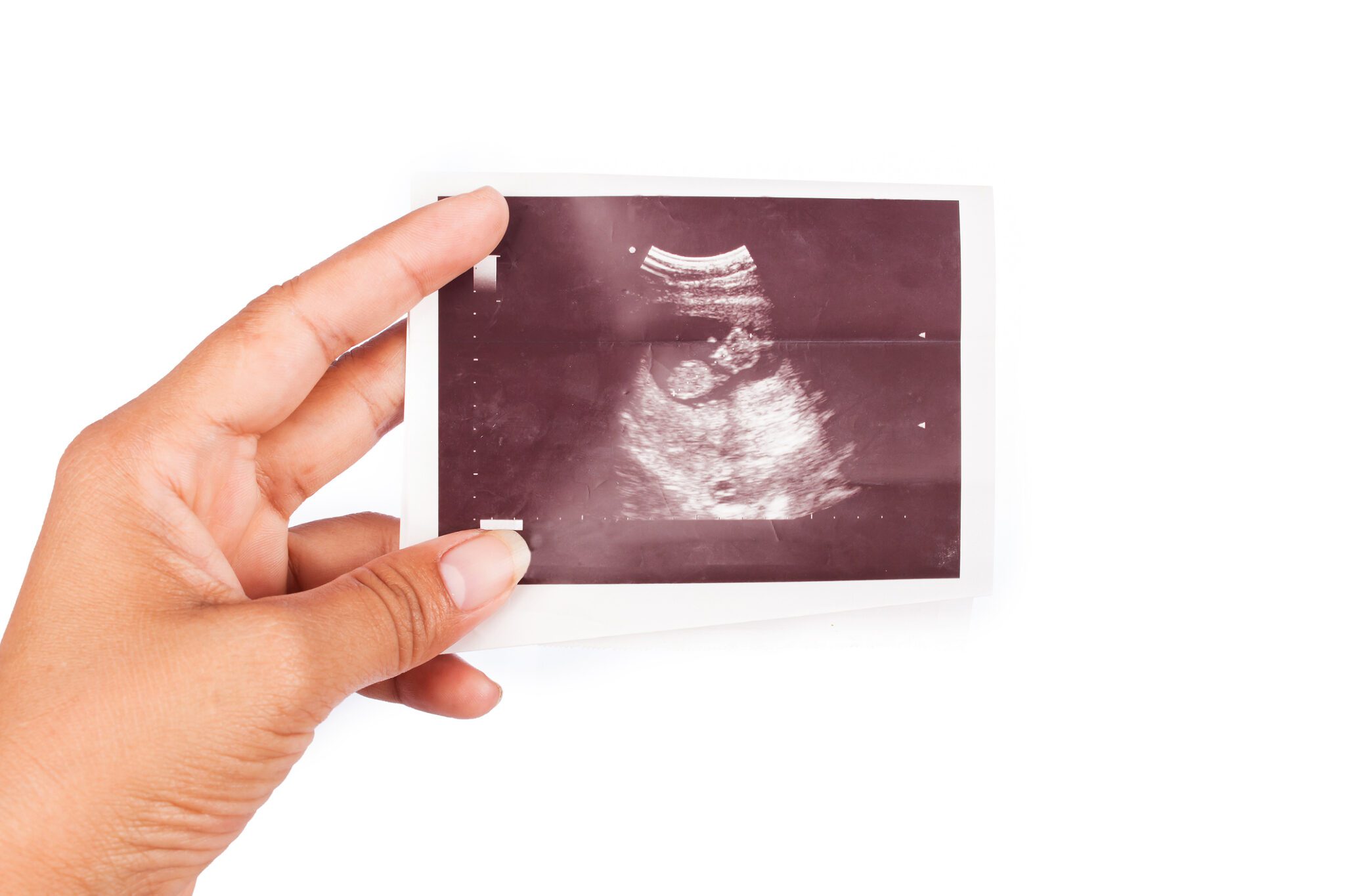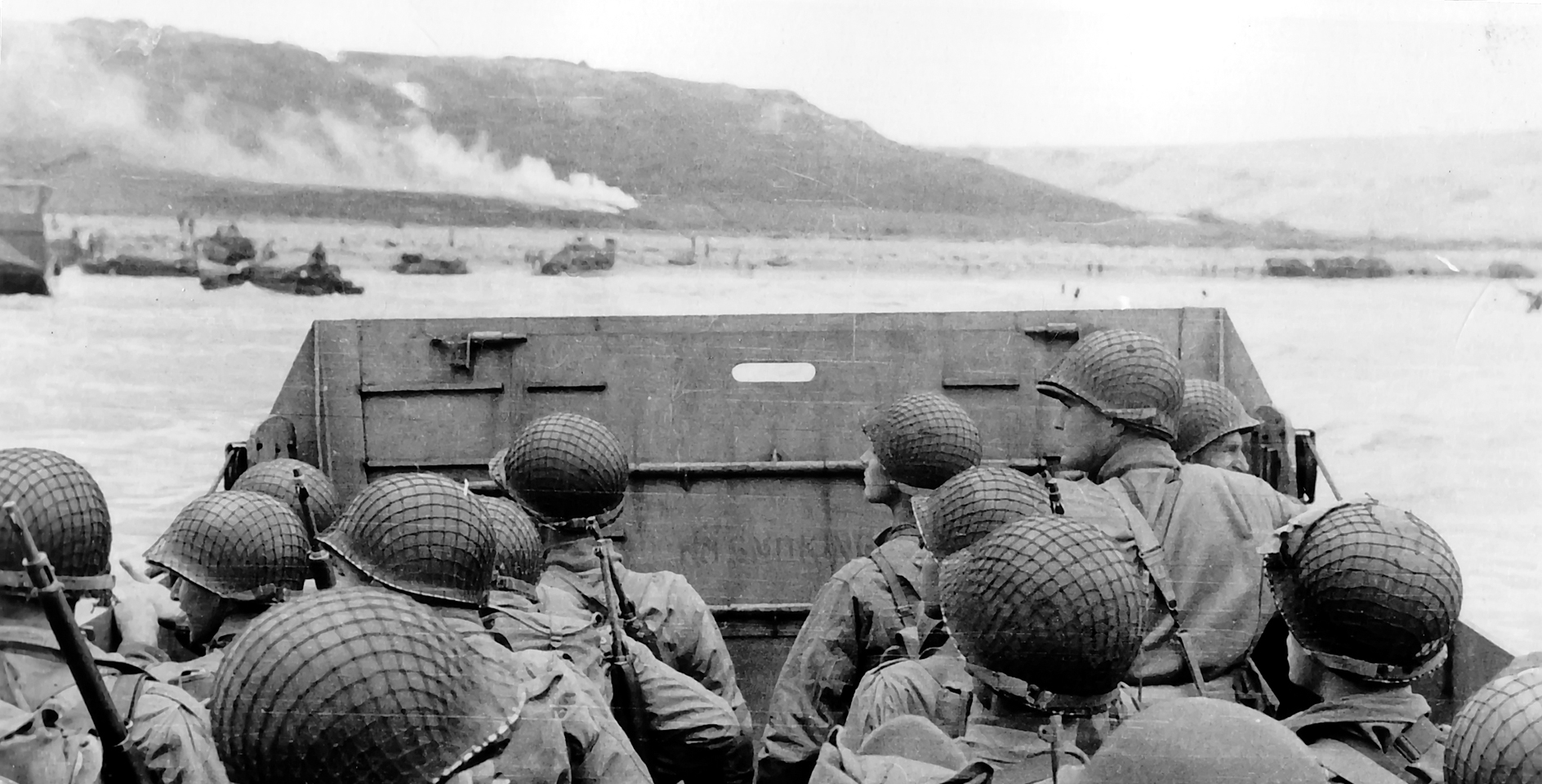Today is the 73rd anniversary of the D-Day invasion. Here are five facts you should know about the battle that changed not only the outcome of World War II but the course of human history:
1. On June 6, 1944, American, British, and Canadian military forces launched Operation Overlord, the codename for the largest amphibious invasion in world history. This first day of the invasion—known as D-Day—began the Battle of Normandy on five separate beachheads in Normandy, France. The successful attack marked the beginning of the end of World War II. By August, the Allied forces had liberated northern France and began to move into Germany where they met Soviet forces and ended Nazi rule.
2. In January 1944, General Dwight Eisenhower was appointed commander of Operation Overlord. Eisenhower and his troops spent months in careful preparation before giving the battle order for the invasion:
Shortly after the invasion British Prime Minister Winston Churchill gave a speech in which he said,
“So far the Commanders who are engaged report that everything is proceeding according to plan. And what a plan! This vast operation is undoubtedly the most complicated and difficult that has ever taken place. It involves tides, wind, waves, visibility, both from the air and the sea standpoint, and the combined employment of land, air and sea forces in the highest degree of intimacy and in contact with conditions which could not and cannot be fully foreseen.”
3. The battle began after midnight as more than 2,200 allied bombers conducted a mostly ineffective air bombardment of the beaches and inland. This wave was followed by another 1,2000 aircraft and 24,000 airborne assault troops (i.e., paratroopers). Within the next few hours the Allies landed more than 160,000 troops at Normandy, which included 73,000 Americans.
4. By the end of D-Day, Allied casualties have been estimated at 10,000 killed, wounded, and missing in action: 6,603 Americans, 2,700 British, and 946 Canadians. From D-day through August 21, the Allies landed more than two million men in northern France and suffered more than 226,386 casualties: 72,911 killed/missing and 153,475 wounded. German losses included over 240,000 casualties and 200,000 captured. Between 13,000 and 20,000 French civilians died, and many more were seriously wounded.
5. What does the “D” in D-Day mean? Military historians still disagree about exactly what the letter means. Some claim it merely stands for Day and that the coded designation “D-Day” was used for the day of any important invasion or military operation. Others sources, however, claim that when someone wrote to General Eisenhower in 1964 asking for an explanation, his executive assistant Brigadier General Robert Schultz answered: “General Eisenhower asked me to respond to your letter. Be advised that any amphibious operation has a ‘departed date’; therefore the shortened term ‘D-Day’ is used.”










